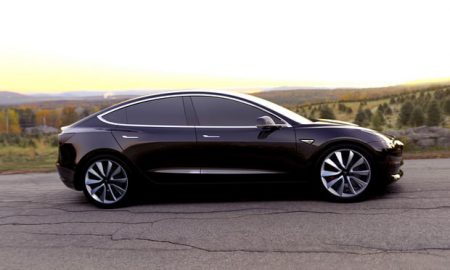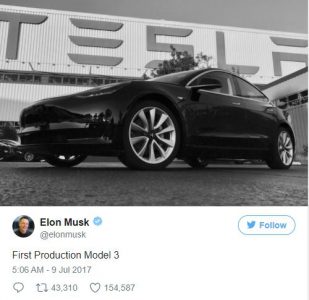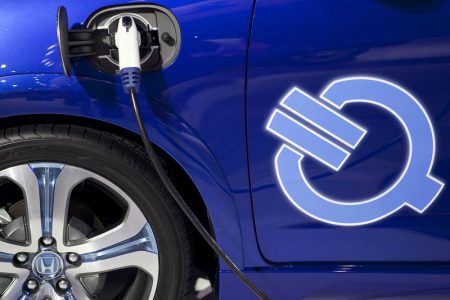Ecotricity recently changed the cost structure for their rapid chargers. Below is a summary of the letter they sent to their customers explaining the changes.
It is about a year since Ecotrictity introduced ‘charging for charging’ on the Electric Highway, after being free to use for five years. Charging was set at a rate of £6 for 30 minutes, with intention to monitor use and later produce “a more sophisticated approach to charging”.

With that now done a new model has been developed and rolled out, promising to give
“more flexibility and typically lower charging costs across all makes and models”.
The new rates are charged at 17p per unit, which they explain is
“pretty much the rate that people pay at home”
the cost of providing the service is administered via a £3 connection fee for all sessions.
Dale Vince wrote
“In our modelling this will typically lower the cost of charging for all makes and models as well as charge more proportionally for energy taken.”
They have also increased the maximum length of charging sessions to 45 mins, it is hoped this will offer greater flexibility to those customers who need a bit longer to charge up.
For Ecotricity customers there currently is no connection fee, this reflects their opinion that their customers’ energy bills help them build the network.
Those existing Ecotricity customers that benefit from the offer of 52 free charges in a year will continue to benefit from this arrangement until their first anniversary with the company, or their first 52 charges (whichever comes first). After this they will be automatically transferred to the new charging model.
The new rates and process came into effect on 26th June 2017, it is recommended that customers of update their mobile phone app’s to pick up the new tariff changes.
Information Source: Email from Ecotricity























